What Is Mirror In Microscope ?
In a microscope, a mirror is a component that is used to direct light onto the specimen being observed. It is typically a concave mirror located beneath the stage of the microscope. The mirror reflects light from an external source, such as a lamp or an illuminator, up through the condenser and onto the specimen. By adjusting the angle of the mirror, the intensity and direction of the light can be controlled, allowing for optimal illumination of the specimen. The mirror plays a crucial role in providing the necessary illumination for clear and detailed observation of the specimen under the microscope.
1、 Reflective Coating: Enhancing light reflection for improved image quality.
In a microscope, a mirror refers to a reflective coating that is used to enhance light reflection for improved image quality. The mirror is an essential component of the microscope's illumination system, which plays a crucial role in illuminating the specimen being observed.
The mirror is typically located beneath the stage of the microscope and is positioned at a specific angle to direct light towards the specimen. It is usually made of glass or metal and is coated with a thin layer of reflective material, such as aluminum or silver. This reflective coating allows the mirror to efficiently reflect light, ensuring that the maximum amount of light is directed towards the specimen.
By reflecting light onto the specimen, the mirror helps to illuminate it, making it easier to observe and analyze. The quality of the mirror's reflective coating is crucial in determining the clarity and brightness of the image produced by the microscope. A high-quality reflective coating ensures that the light is reflected accurately and efficiently, resulting in a clear and well-illuminated image.
In recent years, there have been advancements in the development of reflective coatings for microscope mirrors. These advancements aim to further enhance light reflection and improve image quality. For example, new materials and techniques have been introduced to create more durable and efficient reflective coatings. Additionally, advancements in nanotechnology have allowed for the development of nanostructured reflective coatings, which can further enhance light reflection and reduce unwanted reflections and glare.
Overall, the mirror in a microscope with its reflective coating is a critical component that plays a vital role in enhancing light reflection for improved image quality. Ongoing advancements in reflective coating technology continue to contribute to the development of more advanced and high-performance microscopes.

2、 Objective Lens: Focusing light onto the specimen for magnification.
The mirror in a microscope is an essential component that plays a crucial role in directing light onto the specimen for magnification. It is typically located beneath the stage of the microscope and is used to reflect light from an external source, such as a lamp or natural light, up through the stage and into the objective lens.
The objective lens is responsible for gathering and focusing the light onto the specimen, allowing for magnification and visualization. However, in order for the objective lens to function optimally, it requires a consistent and adequate light source. This is where the mirror comes into play.
The mirror in a microscope is usually concave or plane and is positioned at a 45-degree angle to the light source. When light passes through the mirror, it is reflected upwards towards the stage and specimen. By adjusting the angle of the mirror, the intensity and direction of the light can be controlled, ensuring proper illumination of the specimen.
In recent years, advancements in microscope technology have led to the development of alternative light sources, such as LED illumination. These newer light sources often eliminate the need for a mirror, as they provide consistent and adjustable lighting directly from the microscope itself. This has made microscopes more compact, portable, and user-friendly.
However, traditional microscopes with mirrors are still widely used, especially in educational settings or in areas with limited access to electricity. The mirror allows for flexibility in lighting conditions, making it possible to use a microscope in various environments.
In conclusion, the mirror in a microscope is a critical component that directs light onto the specimen, enabling the objective lens to magnify and visualize the sample. While newer microscope models may eliminate the need for a mirror with the introduction of built-in LED lighting, traditional microscopes with mirrors continue to be used due to their versatility and adaptability to different lighting conditions.
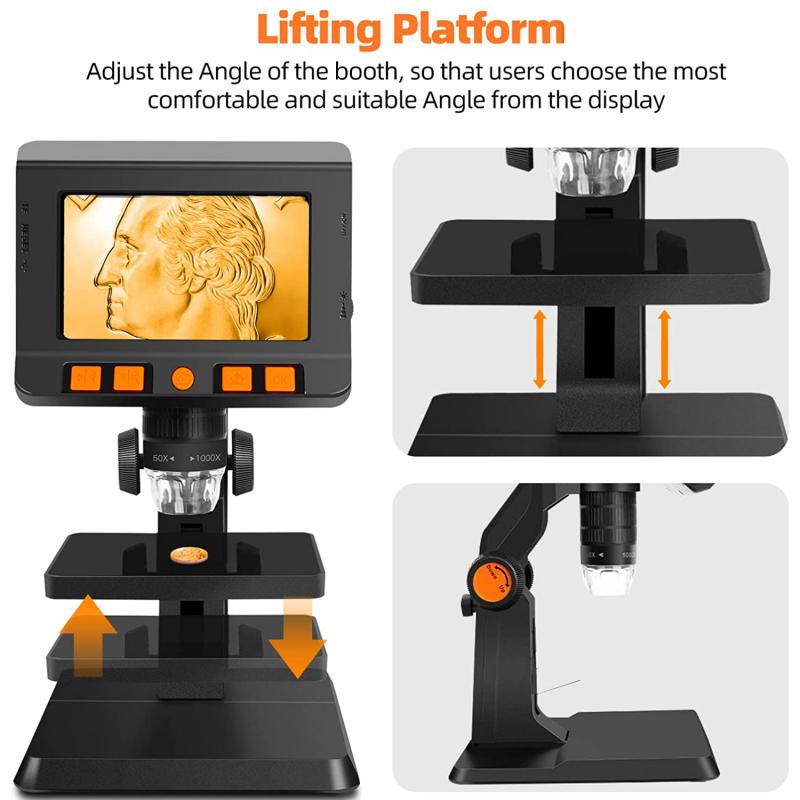
3、 Condenser: Concentrating light onto the specimen for better illumination.
In a microscope, the mirror is an essential component that plays a crucial role in providing illumination for the specimen. The mirror is located beneath the stage and is responsible for reflecting light onto the specimen. It acts as a condenser, concentrating the light onto the specimen to enhance visibility and improve image quality.
The mirror in a microscope is typically concave in shape, which allows it to focus the light onto the specimen. This concentrated light helps to illuminate the specimen evenly, ensuring that all areas are adequately lit for observation. By directing the light towards the specimen, the mirror enhances contrast and clarity, making it easier to visualize the details of the specimen under magnification.
In recent years, advancements in microscope technology have led to the development of alternative illumination methods, such as LED lights and fiber optic systems. These newer techniques offer advantages such as improved energy efficiency, adjustable intensity, and reduced heat generation. Consequently, some modern microscopes may no longer rely on a mirror for illumination.
However, it is important to note that mirrors are still widely used in many microscopes, particularly in older models or those designed for specific applications. The mirror's simplicity and cost-effectiveness make it a practical choice for many laboratories and educational settings.
In conclusion, the mirror in a microscope serves as a condenser, concentrating light onto the specimen to enhance illumination. While newer illumination methods have emerged in recent years, mirrors continue to be an integral part of many microscopes, providing a reliable and effective means of illuminating specimens for observation.
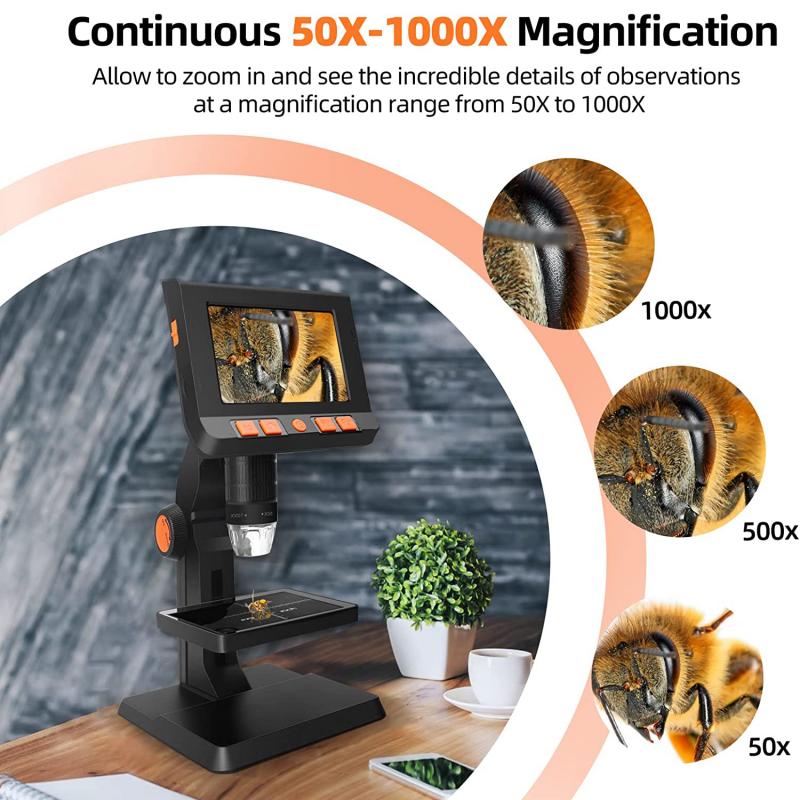
4、 Mirror Adjustment: Aligning the mirror to optimize illumination.
In a microscope, the mirror is an essential component that plays a crucial role in optimizing illumination. The mirror adjustment refers to the process of aligning the mirror to achieve the best possible lighting conditions for the specimen being observed.
The mirror in a microscope is typically located beneath the stage and is responsible for reflecting light onto the specimen. It is usually a concave mirror that focuses and directs the light towards the objective lens. By adjusting the mirror, the angle and intensity of the light can be controlled, allowing for optimal illumination of the specimen.
Proper mirror adjustment is vital in microscopy as it directly affects the quality of the image produced. If the mirror is misaligned, the lighting may be uneven or insufficient, resulting in a dim or distorted image. On the other hand, if the mirror is adjusted correctly, it can provide uniform and bright illumination, enhancing the visibility of the specimen's details.
In recent years, advancements in microscope technology have led to the development of alternative illumination methods, such as LED or fiber optic lighting systems. These newer techniques offer more control over the lighting conditions and can provide consistent illumination without the need for mirror adjustment. However, traditional microscopes with mirrors are still widely used, especially in educational and research settings.
In conclusion, the mirror in a microscope is an important component that allows for the optimization of illumination. Mirror adjustment ensures that the lighting conditions are ideal for observing the specimen, resulting in clear and detailed images. While alternative illumination methods have emerged, the traditional mirror adjustment technique remains relevant and widely used in microscopy.





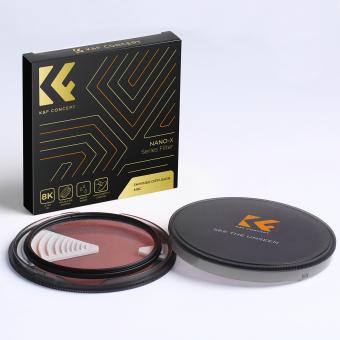





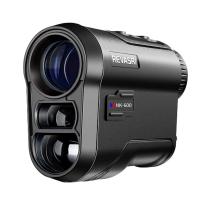




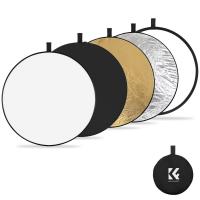
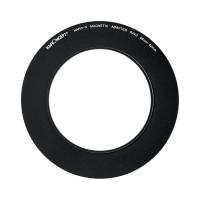
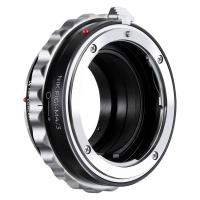






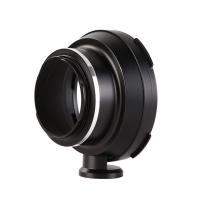




There are no comments for this blog.